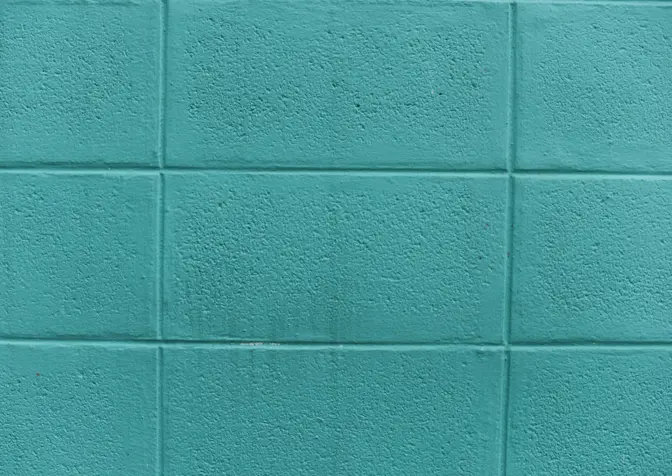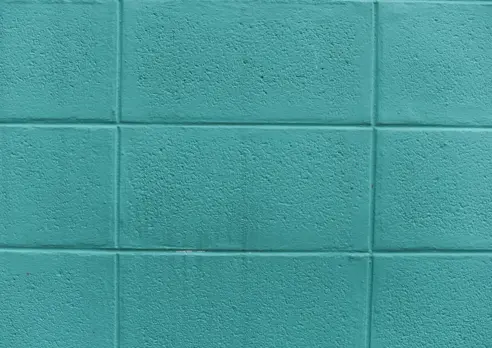Brand consultants love a challenge, which is why some time ago, there was somewhat of a furor in our department when a well-known German toilet paper manufacturer called to book a consultation session.
Our one-hour consultation sessions focus on a discussion about the ambitions of the company in question. Based on our experience with other clients and partners, we share our observations on current and future industry trends. Next, we discuss how the company can improve their branding strategy. Together, we figure out what problems the client is experiencing, and on what issues they can improve.
Most people will agree that toilet paper is one of the most boring products to market out there. There are thousands of existing brands, all boasting similar features: triple-ply, double-ply, extra soft, extra strong, etc. We've heard it all a thousand times, which is why unexciting products like toilet paper are labeled 'commodities'. Generally, commodities are defined as products that have many substitutes in the market.
Unfortunately for our toilet paper clients, commodities are also generally thought to be insanely hard to brand because they are so standard and—to be frank—boring. They are largely undifferentiated products, so consumers usually don't see a big difference between brands.
Usually, the most important concern when branding commodities is making sure the price is right. Consumers typically buy commodities based on their price—luxury items are meant to be expensive, whereas basic items should be low-priced. Not only toilet paper, you see this with other commodities like toothpicks, sugar, bottled water, printing paper, and countless other everyday items.
Don’t get me wrong, though; there is great value in commodities—billions in fact! After all, everyone needs toothpicks and toilet paper.
Which brings us right back to our toilet paper consulting session. The market is flooded with toilet paper brands (think Charmin, Kleenex, Andrex, etc...), so how were we going to make our client's brand stand out from the crowd?
Asking the important questions...
I went on a mission of sorts: I asked my Bynder colleagues which brand they personally prefer (and yes, it was as awkward as it sounds). After some surprisingly heated discussions, we realized that we all had a specific brand in mind, but no concrete reasons as to why we preferred that specific brand.
Those of us buying budget brands admitted that we had a favorite, yet there were many others for the same price that we never thought of trying. The ones who preferred the more luxury brands may have had specific reasons for preferring their choice, yet their reasons could be applied just as easily to any other luxury brand out there.
When you really get down to the reasoning as to why people prefer one brand over another, it doesn't always make rational sense. It's an emotional choice. Consumers inevitably tend to link certain instincts, emotions, and ultimately loyalty, to specific brands of toilet paper. There may be a hundred varieties out there, some scented, others with pretty prints, but our gut would always tell us to go for a specific brand.
How then were we going to make our client's commodity stand out?
The obvious solution was that in order to sell one of the most boring products in the world, we would need to create a really strong brand identity that was tangible to consumers without them even needing to hold it in their hands. Think eye-catching design, snappy slogans, witty advertising—instantly recognizable branding that would immediately differentiate our client’s products from their competitors.
Basically, we would need to create such a powerful brand image, that the toilet paper itself would be a secondary selling point. In a market of more or less identical products, creating an emotional connection with your audience is crucial if you want to stand out from the crowd.
So I encourage you to learn from our experience. Search for your own unique selling proposition. Most importantly, create a brand and sell that brand using brand guidelines to enforce that brand across all communications channels. Create unique attributes, unique promises, unique values—characteristics that only your specific brand can offer.
Most importantly, learn to look for hidden differentiators. There will always be factors about a brand not visible to the naked eye such as your customer service, company identity, support services, etc. Your job as brand creator will be to pick and choose the factors that will make your brand strongest. Be bold, and you can create a world-leading brand out of a commodity like toilet paper too.
Oh, and about our client. With our help, they were able to roll out an effective marketing strategy and create strong, consistent brand guidelines that will no doubt help them manage their brand for years to come.



















